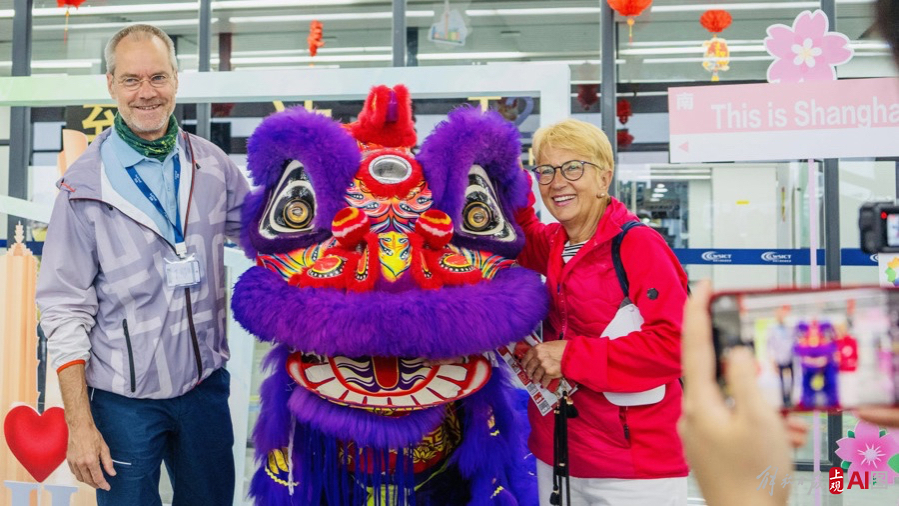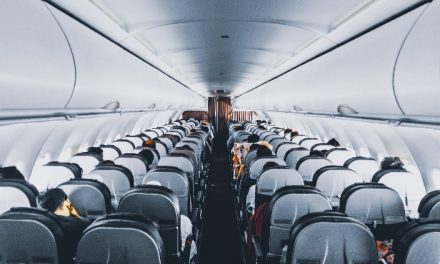Many citizens have discovered that since this year, there have been more “foreigners” on the streets in Shanghai. On May 8, Jin Lei, deputy director of the Shanghai Municipal Culture and Tourism Bureau, was a guest at the “2024 People’s Livelihood Interview” and said that the recovery process of Shanghai’s inbound tourism has been further accelerated. In the first quarter, Shanghai received 1.27 million inbound tourists, a year-on-year increase of 2.5 times.
Inbound tourism has always been Shanghai’s advantage and strength. In 2019, Shanghai received nearly 9 million inbound tourists, setting a record for inbound tourism in the city and a national city record.
Last year, after the inbound tourism market reopened, Shanghai’s inbound tourism gained momentum and took advantage of the trend. In 2023, the city will receive 3.64 million inbound tourists and achieve foreign exchange earnings of US$6.2 billion, recovering to 41% and 74% of 2019 levels. Jin Lei believes: “This momentum is very good. In the first quarter of this year, we received 1.27 million inbound tourists, of which 570,000 were reached in March, which was the highest number of inbound tourists in a single month after the epidemic recovered last year. It is possible that this number will be exceeded in April and May.” Figures. Inbound tourists increased 2.5 times year-on-year in the first quarter, returning to 64% of 2019.”
Just last month, the cultural tourism, business, sports and other departments jointly hosted the “Gathering in Shanghai” launch event to promote 70 of the world’s top cultural, sports, tourism, business, exhibition and other activities to be held in Shanghai at home and abroad. “For example, the recent F1 events and the Longines Equestrian Race have a wide influence in the world and are magnets for tourists from all over the world,” Jin Lei said.
In order to further accelerate the recovery of inbound tourism, the city has made overall plans and coordinated with various departments to solidly promote the facilitation of foreign card payment, the facilitation of document use, and the internationalization of language services, so as to further enhance tourism convenience and city friendliness.
Currently, the city is taking payment facilitation and service internationalization as breakthroughs to further promote the rapid recovery of inbound tourism. Jin Lei introduced that in view of the cultural characteristics and living habits of foreigners, in the early stages of preparations for the CIIE last year, the entire payment environment in Shanghai was created to provide more convenient consumption scenarios for foreign guests entering the country. “Chinese people are accustomed to Alipay and WeChat payment, while foreigners are more accustomed to credit card payment. As of the first quarter, there were 45,000 POS machines in Shanghai that can accept foreign cards.”
In addition, the city has achieved full coverage of wild card POS machines in core business districts, airport terminals, subway stations, three-star and above hotels, 3A and above scenic spots, etc., plus optimized wild card self-service cash withdrawals, wild card binding and zero placement. Wallets and other measures have been taken simultaneously to form a convenient payment system of “swiping cards for large amounts, scanning QR codes for small amounts, and supporting cash”.
In terms of reservations for cultural and tourism venues, since last year’s CIIE, Shanghai’s A-level scenic spots and first-level museums have set up the option of having foreign passports and permanent residence certificates for foreigners in real-name reservations or ticket purchases. At the same time, it is advocated Each window unit provides corresponding convenience for foreign guests holding various types of documents to purchase tickets and enter the park through offline manual windows. 70% of scenic spots already have an English environment layout when they implement ticket sales, both online and offline. Eight scenic spots, including the Shanghai Urban Planning Museum, have English pages. As a popular venue, the Shanghai Museum took the lead in providing reservation channels for foreign tourists on its official English website on April 19, and extended the reservation time from 7 days to 14 days in advance.
Jin Lei said that we are confident that the number of inbound tourists will exceed 4 million during this year’s tourism festival and hit 5 million during the “Counter-Strike” World Championship finals held in Shanghai at the end of the year, and we will effectively build China’s first stop and city for inbound tourism.
Jin Lei believes that “First City’s understanding is that the first hope is to provide inbound tourists with quality products with a better experience and stronger attraction; the second is payment convenience, a friendly urban environment, and convenient comprehensive services. “The third is international service. International service is Shanghai’s advantage. Compared with New York, London, Paris and Tokyo, we are not inferior to them.”





![[How To]: Buy Train Tickets in Shanghai](https://www.life-china.com/wp-content/uploads/2019/07/1544782526681062594-440x264.jpg)
Recent Comments